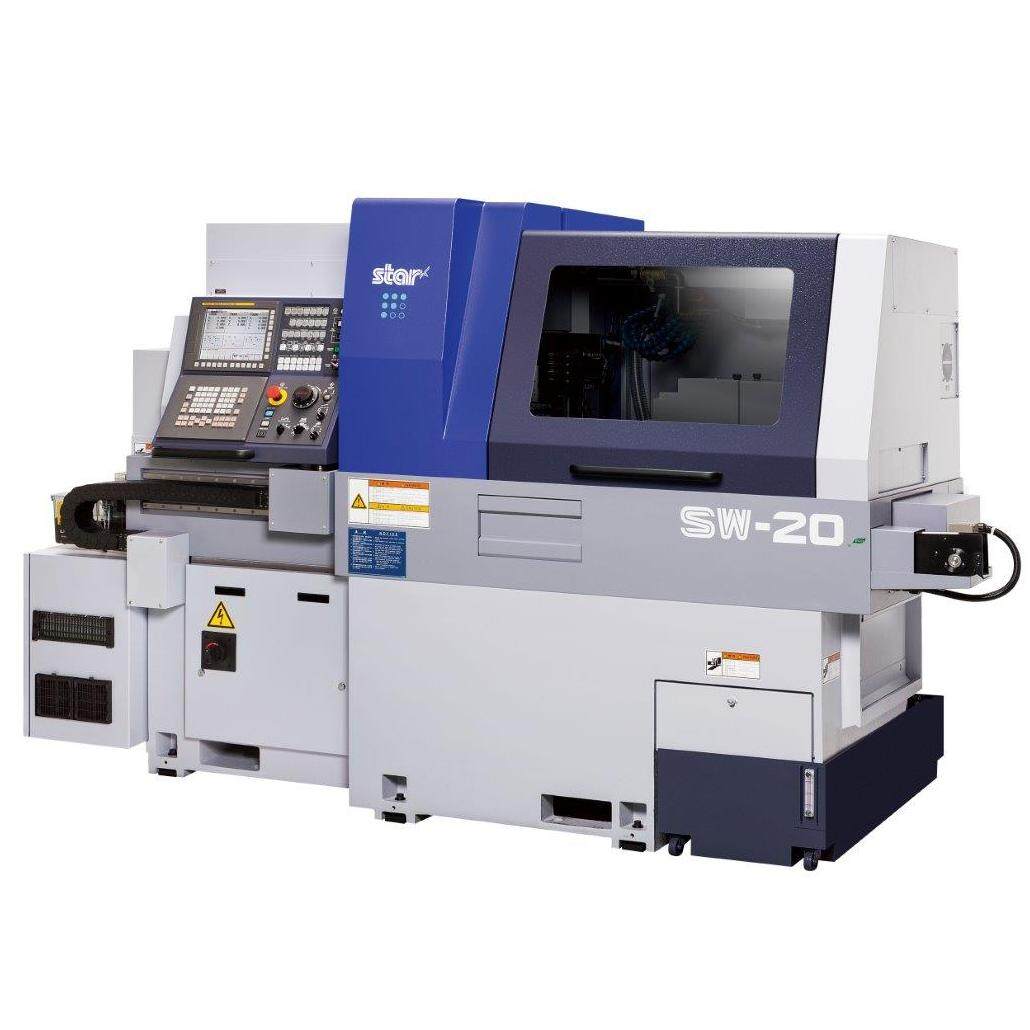Gwall fformat e-bost
emailCannotEmpty
emailDoesExist
pwdLetterLimtTip
inconsistentPwd
pwdLetterLimtTip
inconsistentPwd

Newyddion
What is Swiss Lathe and How does Swiss Lathe Work?
Swiss lathes have become popular in precision machining in recent years, and many manufacturers choose CNC Swiss machines in production. What is the Swiss lathe and how does the Swiss lathe work?

What is a Swiss lathe?
Swiss lathes, also known as Swiss car lathes, Swiss screw machines, or Swiss lathes, were originally developed for the Swiss watchmaking industry. The first Swiss machine appeared after the chuck in the 1870s. Swiss machines began to be used in many other industries in the 1960s, and the first CNC Switzerland was released in the 1970s. With the development of machines and tools and the large-scale improvement of Swiss lathe design, they are gradually widely used in the production of parts in various fields. A Swiss-style lathe is a machine that allows parts to move on the z-axis while the tool remains stationary. The bar stock is clamped by grooves, and the collet is recessed behind the guide bushing, which will not be directly exposed to the lathe bed and tools, so it can rotate quickly and closely in the machine, which eliminates deflection and improves accuracy. Compared with traditional processing, Swiss processing provides many benefits.
How does the Swiss lathe work?
Different from the traditional lathe, the Swiss turning center has a mobile bearing seat. During the rotation operation, the workpiece is clamped on the chuck or collet in the backboard and faces the pool area through the guide sleeve. The spindle lock moves along the Z-axis, with strip strands, and the rod is located radially and accurately. The turning tool is carried on the gang slide and can be very closely connected with the material. The movement of the spindle and the supply of guide bushings provide continuous feeding.
Swiss transformation vs traditional transformation - the difference between Swiss lathes and conventional lathes
- Dynasty sign. Conventional lathes feature fixed spare parts, rod-shaped clamps in collets or chucks, the gripper extends to the shell of the machine, or it will be supported by one end of the tail, while Swiss lathes have removable spare wire covers.
- Guide sleeve. In the traditional rotation, the workpiece is stabilized in the chuck of the spindle, which is not suitable for long parts due to the deflection of the material. In the Swiss processing process, the chuck holding the material can slide the bushing along the backboard behind the guide plate, and the cutting tool can operate near the guide bushing. This structure can prevent deflection and achieve the required tolerance, no matter how long the component lasts.
- Conventional lathes usually have 3 or 4 shafts and cannot process rotating parts in a single cycle. Although modern Swiss-style lathes have 5-axis control or more axes and can perform multiple operations in a single machining cycle.
- Cycle time. Swiss automatic lathes reduce cycle time, especially for complex components.
- In traditional rotation, water is often used as a coolant liquid, while in Swiss processing, refueling is applied.
- Compared with traditional lathes, the offset of Swiss-style lathes is the opposite. For longer or deeper holes, the z-axis on Swiss machines requires a "plus" offset, while traditional lathes require a "minus" offset.

